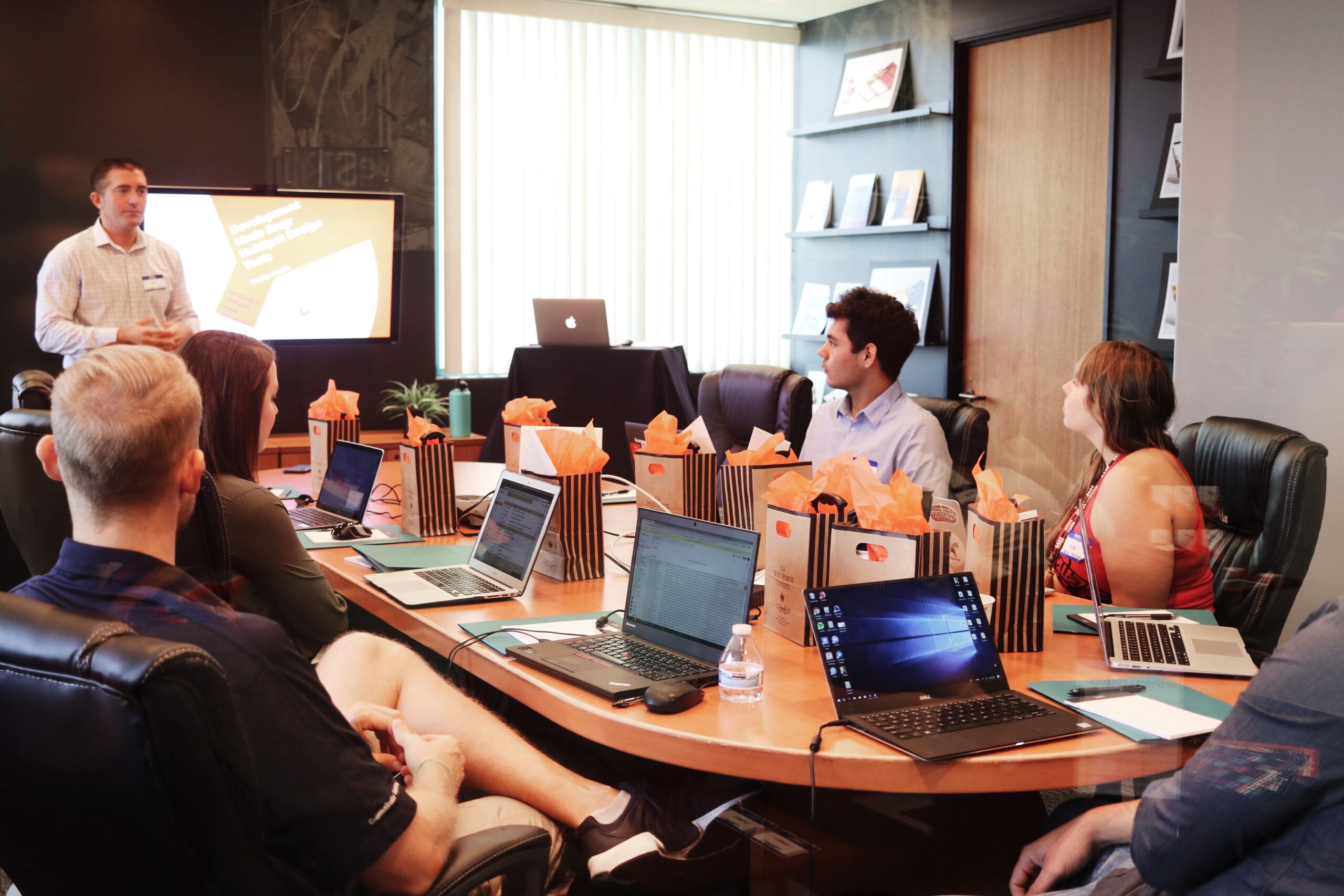
Companies and their leaders are being called to be their best-management-selves, needing to rise to face staffing shortages, hybrid work, rising pay rates, and more. There’s no shortage of articles with guidance on how to handle such pressures and The Great Resignation. Yet often suggestions fall in the camp of “do more”, “row harder”. It’s not just the front line that is exhausted.
Burnout is at an all-time high. According to The Hartford, which has tracked the burnout levels of U.S. workers throughout the pandemic, the burnout rate of those surveyed has remained high at 61% in January – equal to the levels reported in February and July of 2021. Furthermore, 63% of respondents said the impact of burnout on their health and wellness affects their productivity at work.
Acknowledging this dynamic and that managing people is forever changed, what’s the fresh take? How can we create a great work environment in 2022 and beyond?
- Lead with your head and your heart. Today’s leaders have to genuinely listen and care. They also need information. If you haven’t ventured into talent analytics, now is the time. Leverage a tool to arm leaders with engagement, as well as diversity, equity and inclusion data, and surface real insights all the way to the top. Best-in-class solutions offer intelligence that automates prompts giving timely cue cards to managers and demonstrating to employees they are seen and known. Also, keep in mind ESG (Environmental, Social, and Governance) targets are not just for big companies. Progressive small and medium-sized companies signal social consciousness and sustainability by sharing out, even tying to performance, HR benchmarks under the ESG headers, such as pay equity, safety, community involvement and talent development metrics.
- Wellness benefits. Pick two. There’s a platter of holistic wellbeing benefits available today that extend beyond gym memberships and walking challenges. They are starting to be considered core to a benefits package. Rethink offerings and provide a couple that meets the need of workers today, then execute them well. Consider an online coaching or mental health subscription for employees; a financial well-being solution such as on-demand pay; access to specialized training; or a tech or service solution for caretaker support.
- Go beneath the surface and understand the motivation. Behavioral and personality assessments show tendencies and team dynamics. Understanding underlying motivation helps determine actual job fit. The findings of an inventory such as www.motivationcode.com can support honest conversations to ensure alignment of drivers and roles. For instance, someone whose top motivation is to establish new things is likely not a long-timer doing a steady, repetitive assignment, while someone motivated by having ownership, might be ideal in a start-up environment where equity is part of the compensation. In addition, post-pandemic, work preferences seem to be in flux. More people are entrepreneurial-minded, while others want to pursue education in a less structured manner. Try looking at your job constructs in new ways – beyond the 8 to 5.
- Go beneath the surface and understand what happens outside work. Do you really know what it takes for some of your employees to regularly show up each day? The February 2022 Harvard Business School “Building From the Bottom Up” report cites many workers in low-wage jobs are unable to escape poverty, despite having years of work experience. To keep and attract employees, companies are having to get creative in finding new talent pools and how they surround such talent with a package that extends to social and environmental concerns. An example is a large company cafeteria that packages up leftovers to provide dinner for workers who often face food scarcity. And, talent acquisition app, Peerro, has clients, such as DHL, who have started to coordinate transportation for high school graduates new to the workforce. Companies also benefit from expressing future role mobility as part of their recruiting pitch and increasing the focus on doing what it takes to keep to reduce turnover.
- Be intentional about external input. The grass is always greener…or is it? How do you know when employees look to resign? We’re kind of in a hype cycle mode right now in which the perception is the sky’s the limit for signing bonuses, salaries, and more. What’s reality? It’s critical at this moment to regularly learn what is working for others and what isn’t. Up the time you spend with your networks and mentors. Doing so will give you a more market-aware lens through which to make people’s decisions. You’ll surface ideas for enhancing your value proposition as an employer.
It’s important to understand our work environment is dynamic. Things will shift and shift again. Managers will always need to perform the basics. It’s good to know there are tools and tactics that can keep the approach to manager-employee relationships fresh.
Stacey Browning is the past President of Paycor, Inc., and currently leverages her HR Tech expertise by serving as an industry consultant and Board Director for 15Five, Alliance HCM, and Peerro.
